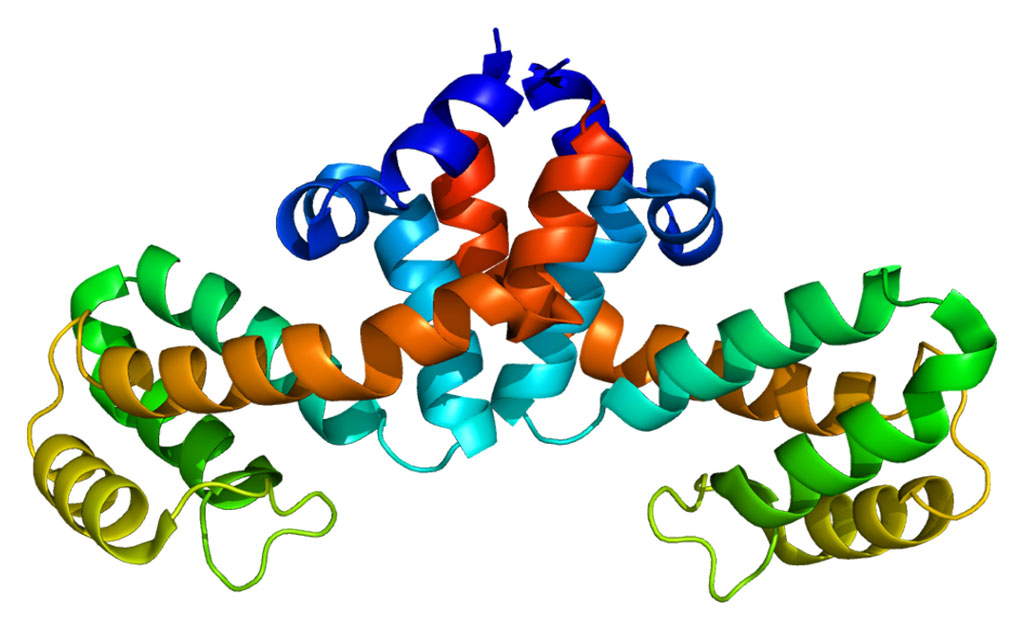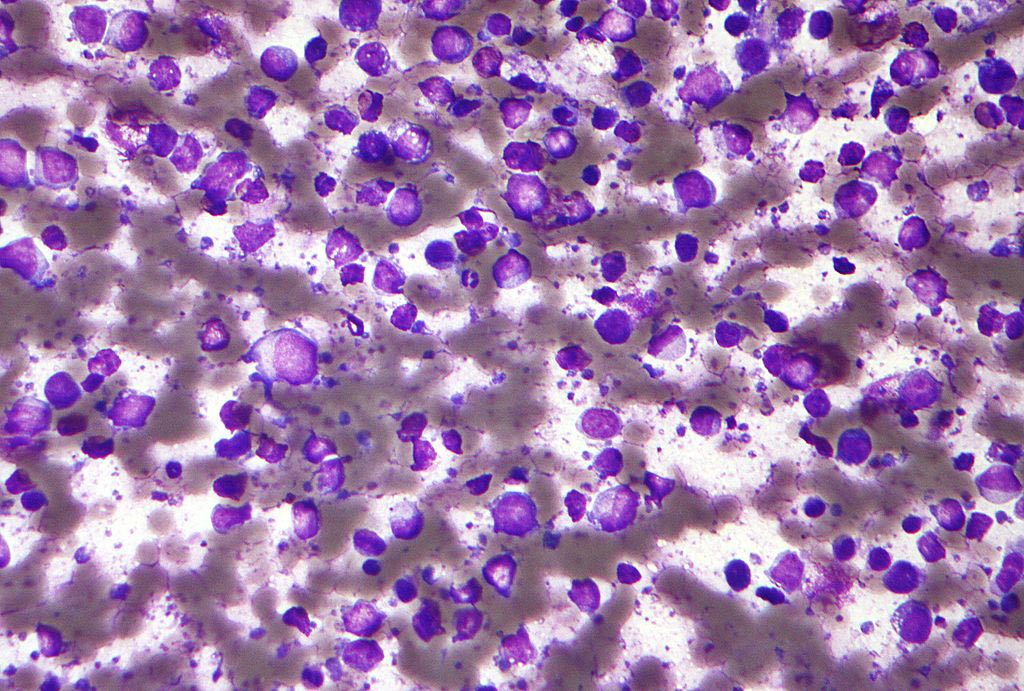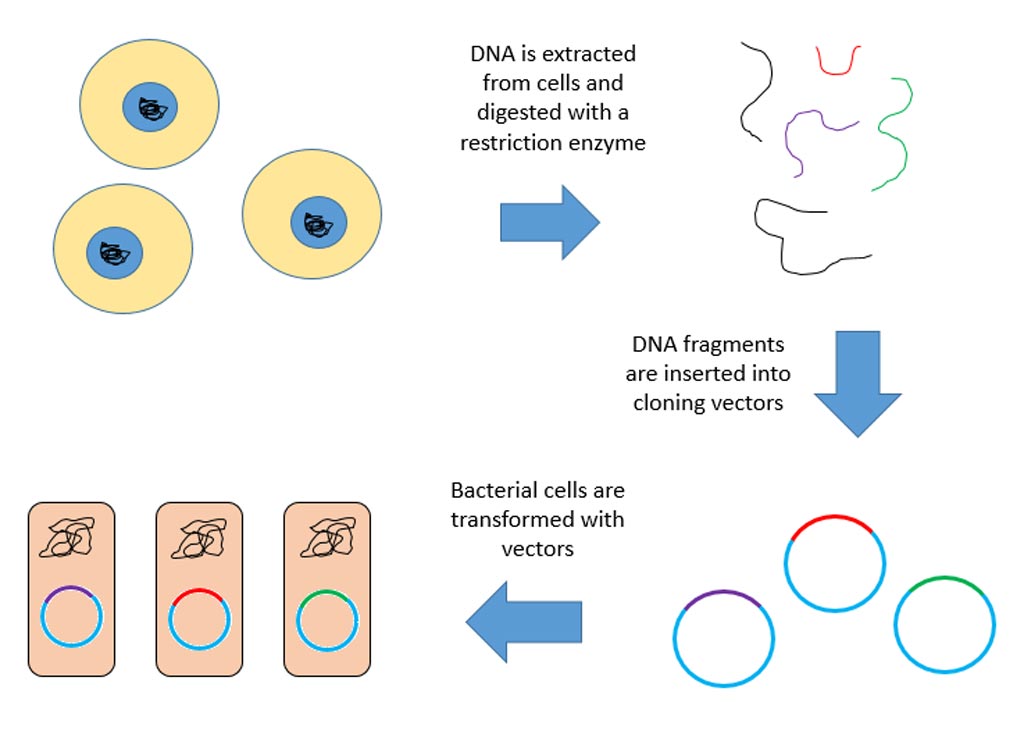Tyrosine Kinase Receptor Defect Linked to Acute Myeloid Leukemia
By Biotechdaily staff writers
Posted on 13 Aug 2003
Researchers have found that activated receptor tyrosine kinase (RTK) can cooperate with the RUNX1-CBF2T1 (AML1-ETO) fusion oncogene to cause acute myeloid leukemia (AML) in a mouse model of this deadly human cancer.Posted on 13 Aug 2003
About 12% of AML patients have a chromosomal abnormality that fuses a piece of chromosome 21 to chromosome 8. The genetic mutation leads to production of an abnormal protein known as aml1-eto (AE).
Tyrosine kinase receptors are a family of receptors with a similar structure. They each have a tyrosine kinase domain (which phosphorylates proteins on tyrosine residues), a hormone binding domain, and a carboxyl terminal segment with multiple tyrosine residues for autophosphorylation. When hormone binds to the extracellular domain, the receptors aggregate and trigger a succession of phosphorylation events called a kinase cascade, which results in amplification of the signal. Among the final targets of the kinase cascade are transcription factors. Phosphorylation of these proteins causes them to become active and bind to the DNA, causing changes in gene transcription.
Investigators at Washington University School of Medicine (St. Louis, MO, USA) investigated the relationship between RTK and AE by transplanting bone marrow co-expressing TEL-PDGFRB (a tyrosine kinase receptor gene) and AE into lethally irradiated syngeneic mice. These mice (19/19, 100%) developed AML that was transplantable in secondary recipients. In contrast, control mice co-expressing with TEL-PDGFRB and a DNA-binding-mutant of AE developed a nontransplantable myeloproliferative disease identical to that induced by TEL-PDGFRB alone. These findings were published July 24, 2003, in the online edition of the Proceedings of the National Academy of Sciences.
"The findings indicate that tyrosine kinases may be an important class of cancer-causing genes in leukemia,” explained senior author Dr. Michael H. Tomasson, assistant professor of genetics and of medicine at Washington University. "It further suggests that drugs designed to inhibit these molecules might provide effective new treatments for this deadly disease.”
Related Links:
Washington University













